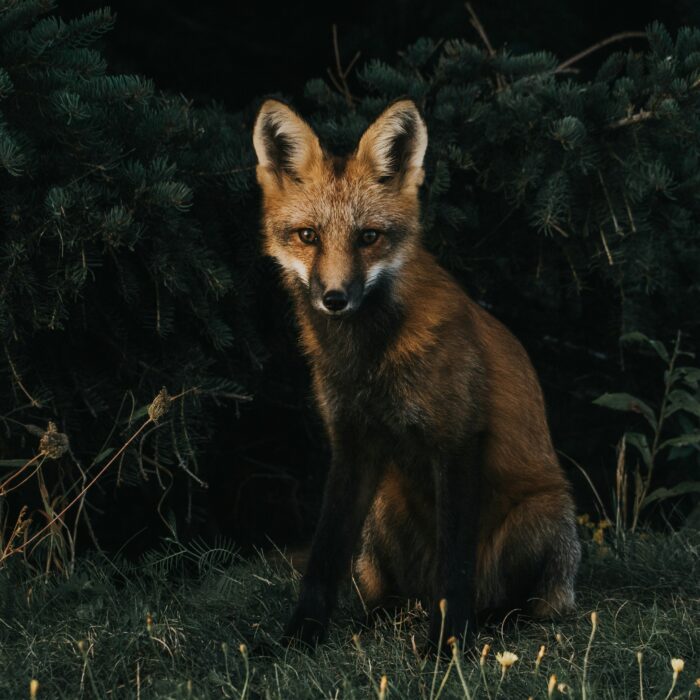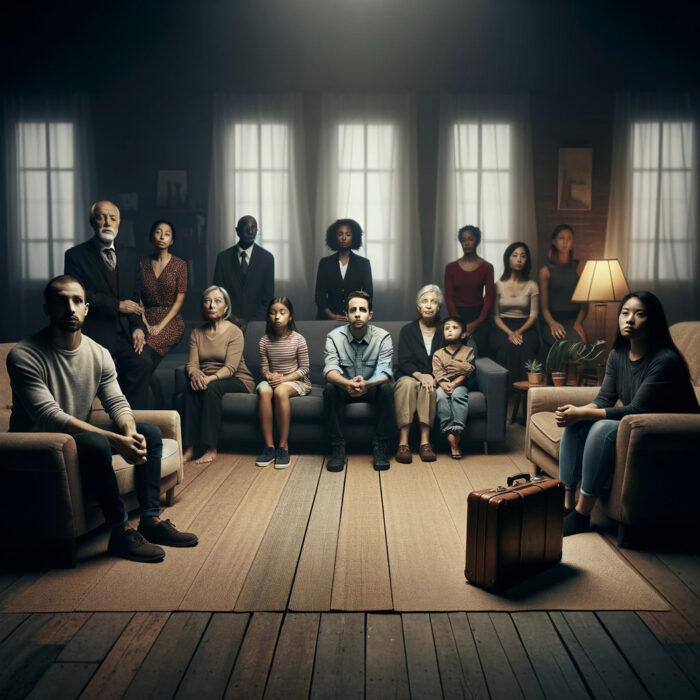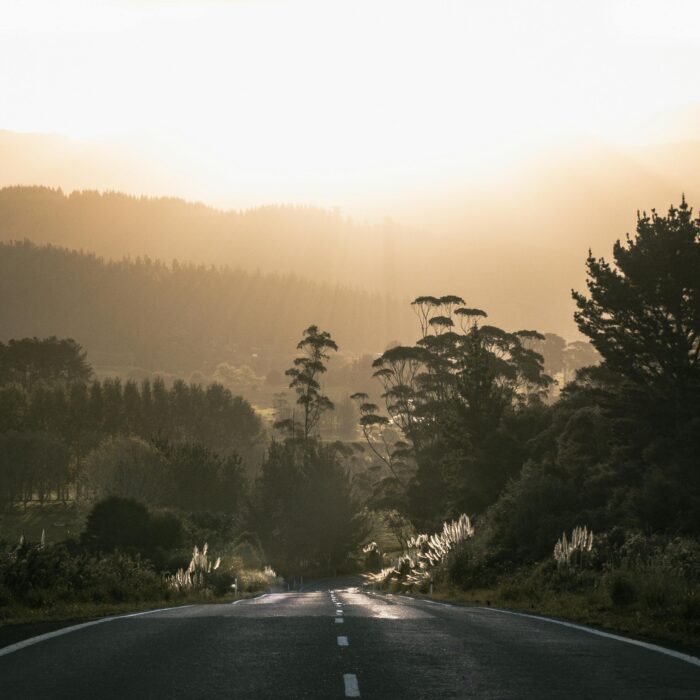You have no items in your cart. Want to get some nice things?
Go shopping
For this installment of A Flash of Inspiration, we’re featuring “The End of the 20th Century,” a story by Linda Mannheim that originally appeared in Litro on October 30, 2020. The rhythm of the piece is what first struck me, its musicality and iteration. At its heart, there is a mix of aggression and wistfulness for a time in New York City before 9/11 when the rebelliousness of youth seemed innocent and full of promise and purpose.
CAH: How long have you been writing flash fiction? Do you write in other genres? Do you find that you return to certain themes in your writing repeatedly?
LM: In the early ‘90s – I started to hear people talk about flash fiction around then for the first time. At the time, I was in a writing program with some pretty conservative ideas about what a story could be, so it was really good to see a break from that. I’m the author of two short story collections, This Way to Departures and Above Sugar Hill, and a novel, Risk. I write a lot of long form prose and am starting to do more nonfiction, too. “The End of the 20th Century” is part of a series of pieces I’ve been working on that are linked to journeys on public transport, which seems an especially good topic for flash. I usually tell people (when forced to explain what I write about) that I’m interested in how people live their day-to-day lives following political conflict and upheaval. Much of my writing takes place in the neighborhood where I grew up in New York, Washington Heights, which is home to a lot of migrant and refugee communities.
CAH: What inspired the subject matter of “The End of the 20th Century”? Does the story have any autobiographical elements?
LM: “The End of the 20th Century” is very autobiographical. I was doing temp work on Wall Street in the 1990s – I moved back to New York around then after being away for a long time and I was living a very different kind of life than I’d had there before – living in Park Slope (calm but very connected to the rest of the city) instead of Washington Heights (chaotic and cut off from a lot of the things the city has to offer). There was a certain amount of tumultuousness to my life around that time, but I was also having a blast hanging out with people who were temping and trying to do creative work at the same time, accessing all kinds of events that were free or cheap, and making my way around a city that was gentrifying but not gentrified to the extent it is now. It also felt like there was a lot of progress at the time culturally – a new phase of the gay rights movement (including ACT UP), more films, and TV shows by and about people of color, and a spoken word scene that was taking off. And 9/11 absolutely marked the end of that era and shut a lot down – not just in New York, but throughout the US.
CAH: The style of the piece is very staccato, with repetitive phrases throughout. It reminds me of the punchiness of punk rock. What correlation between style and content do you see?
LM: It’s really interesting to hear about how the style of the piece comes across – I hadn’t thought about its connection to punk. Rhythm is important to me when I’m writing, but I sort of figure that stuff out intuitively as I go along and don’t think much about it consciously. When I took my first poetry workshop, the instructor told me I was getting too hung up on narrative and should do nothing but write for sound for four days in a row. Her instructions were: Don’t worry at all about the meaning of the words – just write for sound for two hours a day. And I did and it changed my writing forever – not just my poetry, but my prose. It showed me how much of the musicality of language we can access intuitively. I feel like she gave me a huge gift and I recommend everyone follow her advice.
CAH: There seem to be political undercurrents in the story, even in the irony of counterculture zines being printed on Wall Street. What political statement is the story making about the end of the 20th century?
LM: I wanted to capture a dynamic I saw at the time, which was: Let’s get temp jobs so we can do the creative stuff we want to do. And the temp jobs that paid well, in places where you could also do some of your own work, were mostly on Wall Street. A lot of the temp jobs involved hanging out, waiting for someone to hand you correspondence to type, and occasionally having to run errands or make copies. The full-time staff were pretty absorbed in what they were doing and just wanted the temps to be on call if they needed help with something. All of these places had amazing photocopiers and printers and their use wasn’t tracked very much – if you were fairly discreet you could print things up, and everyone did (I used to print my manuscripts at jobs like that). I remember hearing at the time that a lot of zines were secretly printed at investment companies.
CAH: Where do you turn for creative inspiration? Which artists have most inspired your own work? What books are on your nightstand?
LM: There’s so much amazing prose out right now shattering ideas about genre and form. Some recent favorites are Lara Pawson’s This is the Place to Be, Ruby Cowling’s This is Paradise, Irenosen Okojie’s Nudibranch, Sharon Duggal’s Should We Fall Behind, Heidi James’ The Sound Mirror, Aleksander Hemon’s The Question of Bruno, and Ocean Vuong’s On Earth We’re Briefly Gorgeous.
My terrifyingly high TBR pile includes (or will include) Wendy Erskine’s new collection, Joanna Walsh’s Seed, Leone Ross’s This One Sky Day (published under the title Popisho in the US), Catherine McNamara’s Love Stories for Hectic People, Viet Thanh Nguyen’s The Sympathizer, and Jo Lloyd’s The Earth, Thy Great Exchequer, Ready Lies.
The books that I come back to the most often are Carolyn Forche’s The Country Between Us, Art Spiegelman’s Maus, and Antjie Krog’s Country of My Skull, all of which break with preconceived notions about life after conflict.
CAH: What are you working on now?
LM: Next up is a short story collection called Documents set during and shortly after South Africa’s apartheid era. The title story is made up of letters, government documents, and official notices. I’m also working on a constellation novel about the years when my father was a refugee. The research for that includes an exploration of how we talk about seeking and providing refuge and there’s a blog on that theme that refugee writers and non-refugees have contributed to.




